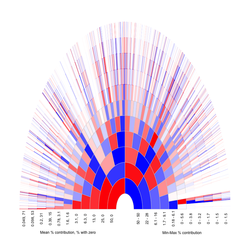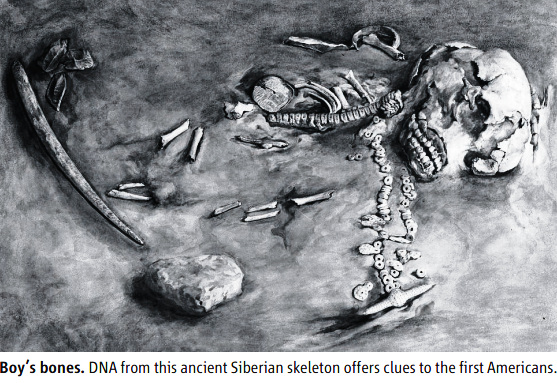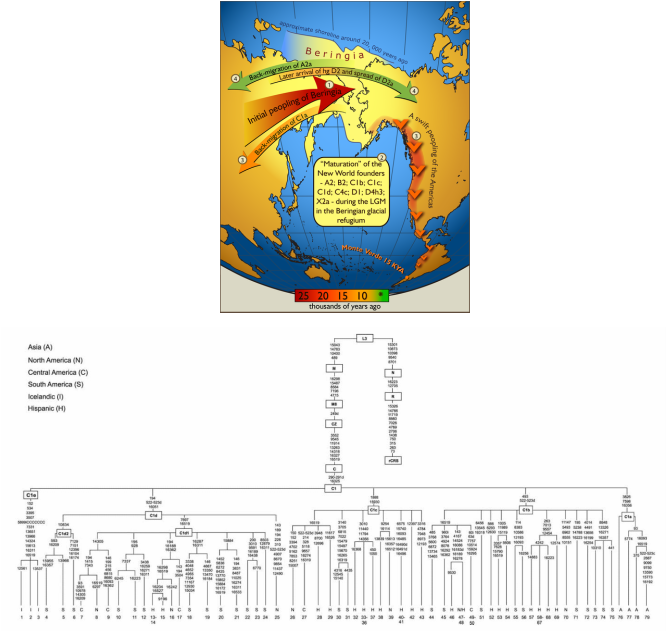
This is an interesting article that uses simulated data to show graphically the difference between being genetically related vs. being genealogically related to a particular ancestor on your tree. From these simulations based on the inheritance property of autosomal DNA, you can observe that just within a few generations, the DNA of many of our ancestors is not represented in our current genome. Ancestors that were not able to pass autosomal DNA down to the present generation are represented by white blocks in the two graphs displayed. This phenomenon is pretty simple to explain. Each of us received basically 50% of our parents DNA. This immediately implies that the other half is lost unless they have more children and therefore a greater chance to pass additional segments of their DNA to the next generation. As we go back one more generation, that of our grandparents, randomness becomes a player in the equation and although statistically we average 25% of each of our grandparents DNA, the reality can show as much as 50% and as little as zero of a single grandparent's DNA. Mom and dad received 50% from each of their parents and therefore, they could have given us more DNA from one and less from the other. Going back a few more generations and more and more of your ancestors will not be represented genetically in your genome, although they were real people that are part of your family tree. These charts are based on simulations going back 11 generations. As the author explains it, just 20 generations ago, you would have had over one million ancestors. I want to add that 30 generations ago, approximately 750 years ago, or around the year 1250AD, each person alive today would have had more than one billion potential ancestors. If we think about Book of Mormon genetics and genealogy, Lehi and his family arriving to the American double continent 2600 years ago, or approximately 100 generations ago, would most likely be on every Native American pedigree chart and therefore be genealogically related to all those who have American pre-Columbian roots, but what is the likelihood that some of these individuals DNA would have survived until today?


 RSS Feed
RSS Feed
